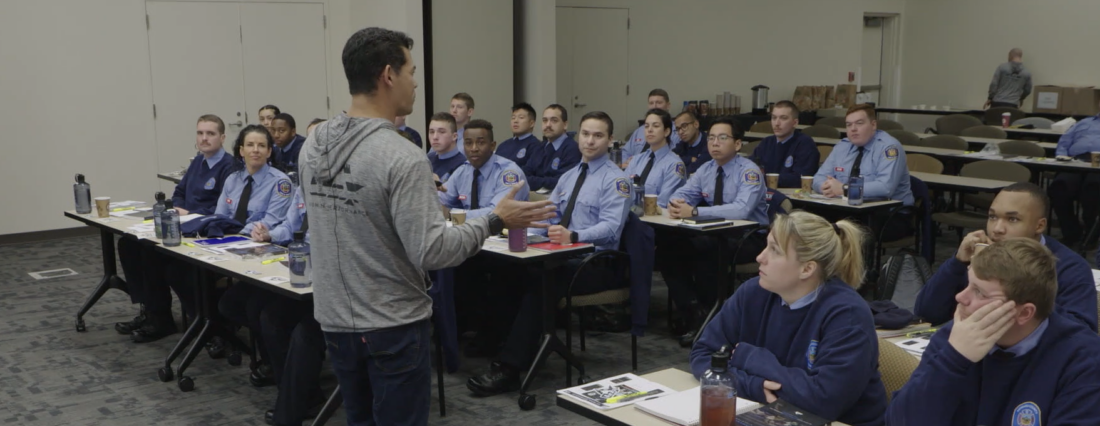By Craig A. Haigh, MS, EFO, NRP; Fire Chief, Hanover Park Fire Department; Research Partner, SMARTER Project

The deployment of physiologic data as part of the SMARTER project is well underway. Data collection is progressing and the team is beginning the arduous task of analyzing the vast amount of information collected on each firefighter.
The SMARTER (Science, Medicine, Research, Technology for Emergency Responders) research project is focused on advancing technology to improve health and safety in the fire service. SMARTER aims to employ scientific advances, medical knowledge, research findings, and technological solutions to reduce firefighter injuries and fatalities.
The research is supported by the Assistance to Firefighters Grant funding and is being led by Skidmore College with collaborative support from University of California at Los Angeles, University of Illinois Fire Service Institute, U.S. Army Research Institute of Environmental Medicine, Fire Protection Research Foundation, National Fallen Firefighters Foundation, Hanover Park (Illinois) Fire Department, Globe Manufacturing Company, Zephyr Medtronic, International Association of Firefighters, and others.
Data Collection and Analysis
All Hanover Park firefighters are wearing Globe’s WASP™ wearable technology throughout their work shift to monitor and track physiologic data such as heart rate, estimated core body temperature, respiration rate, ECG, and movement. This data is then downloaded and transmitted electronically to Skidmore College – First Responder Health and Safety Laboratory where the analysis process begins.
Individual files from firefighters are compared against emergency response reports, trainings, daily physical fitness activities and other events to determine how the firefighters physiologically responded to the various incidents and events.
The process to manage individual physiologic data files and link the data to the physical work performed by firefighting is very time consuming, but essential to ensure that the information collected is usable and accurate. Once data files are received at Skidmore, a team of researchers begins analyzing the data to determine the key findings for each firefighter – for each shift that they work. The time involved in managing the data once collected has been surprising. The size of each data file averages more than 17 MB. This is for each firefighter, each work day. This makes the management process challenging on both ends of the study – download/transmittal at the fire station and uploading and analyzing the data at the laboratory).
Live Feed Data
One of the most interesting components of the project to date has been the ability to see live feed data on working firefighters. Through use of Zephyr OmniSense Live, incident commanders/safety officers are able to track the physiologic condition of their personnel operating at an emergency incident. We are in the early stages of deploying this system but are encouraged that it will have significant advantages in the on-scene decision-making process. We believe that it has potential for use in determining when to send a firefighter to rehab and possibly can help in tactical planning related to personnel deployment and the number of firefighters needed to complete a given assignment.
So What?
The BIG question with all research always comes down to – SO WHAT? The study is employing some exciting emerging technology and collecting vast amounts of data. The challenge is figuring out what it all means and how it can be used within the fire service to help support the health and safety of firefighters and reduce firefighter injuries and fatalities. All involved are keenly aware of this overarching mission and are continually working to determine how the local department can implement changes that will reduce risk to their members.
We are early into the study and just beginning to see some interesting trends.
Stay tuned – I believe that this work has the potential to drive changes that will make the job we do safer ensuring that “Everyone Goes Home”.
(The Everyone Goes Home® Program, is founded by the National Fallen Firefighters Foundation, to champion programs designed to reduce the number of preventable firefighter line-of-duty deaths and injuries. The National Fallen Firefighters Foundation is a partner in the SMARTER Research Project.)






